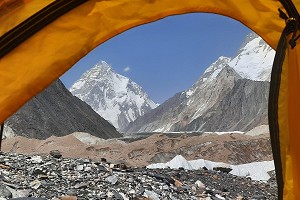
When to go, what to carry and what should you expect when you get there? In this two-part series regular UKH contributor and Jagged Globe expedition leader Rebecca Coles offers a brief beginner's guide to Nepal - a trekker's paradise.
Part 1 is a general intro to the Nepalese trekking scene. In part 2 Rebecca gives her top tips for an enjoyable trip.
A path winds its way up a mountainside. The goal, a high pass, finally comes into view given away by the flickering of blue, white, red, green and yellow prayer flags. Thin air, soaring mountains, shaggy yaks, a cup of masala tea served by a friendly face in a cosy tea house at the end of a long day; trekking in Nepal is truly unique. What keeps me returning is the sense of walking centuries-old routes used for trade, moving animals to high pastures and connecting villages. Today, the jagged inaccessibility of the Himalayas mean that many Nepalese still live in villages that can only be accessed on foot, preserving this ancient way of life and making Nepal a trekker's paradise.
There are essentially two types of trekking in Nepal; tea house trekking and camping treks. The most popular treks are served by tea houses. Here it is possible to get a room, usually with twin beds, and a hearty meal washed down with lots of tea, of course. In more remote areas tea houses may not exist, or be too small or basic to accommodate groups of trekkers. In this case a camping trek should be planned. Since all food plus camping equipment must be taken on this type of trek a camping trek often involves employing a large group of locals to act as porters, cooks and to look after any pack animals.
"For many coming to trek in Nepal for the first time this will be the longest continuous walk that they will have undertaken, and a few things can take people by surprise"
The best times to trek in Nepal are pre-monsoon during April and May - also when the highest peaks are climbed - and post-monsoon, October to November. Autumn is the most popular trekking season due to the clear skies. On the whole treks in Nepal are not short, partly due to the distance trekked and partly thanks to the time it takes to acclimatise. Around three weeks should generally be allowed for a trekking trip here. However there are several shorter treks too. One of the best of these, and a good introduction to tea house trekking in Nepal, is the Annapurna Sanctuary trek which takes 17 days including travel from the UK. This route climbs through sub-tropical forest with troops of langur monkeys and culminates in walking across glacial moraines surrounded by an amphitheatre of the 7,000 and 8,000m peaks which make up the the Annapurna Himal.
Nepal includes (or shares) eight of the world's 14 8,000m summits which have drawn mountaineers to the country throughout the history of high altitude mountaineering. Many treks either journey around these high peaks via treks described as 'circuits', and which generally include a high pass, or they take in a base camp where climbers prepare for their ascent. A classic round-the-mountain trek for instance is the Annapurna Circuit (17 days which gains a height of 5,416m at the Thorong La), whilst the ultimate base camp trek is to Everest Base Camp (20 days with a maximum altitude of 5,600m); both are well served by tea houses. A trek which is becoming increasingly popular is the Manaslu Circuit (23 days reaching 5213m at the Larkya La). It is currently a camping trek although tea houses are cropping up on the route and it is tipped to become the next Annapurna Circuit for this reason. More remote and less visited are the Kangchenjunga Circuit (30 days reaching a high point of 5,047m) and the Makalu Base Camp trek (23 day trip to the base camp at 5,517m).
"Temperatures during the day can vary greatly. It's not unusual to start in a down jacket and by lunchtime be walking in a T-shirt"
So what should you expect and prepare for on a guided tea house or catered camping trek? Well, firstly, don't over burden yourself as all meals will be provided and supplies can be bought along the way. In the large places like Namche Bazaar anything can be bought from knee supports and maps to trekking poles and pairs of gloves. It is also possible to sit in a cafe with wifi! Even in remote hamlets biscuits and other basic supplies can be purchased.
Washing facilities are usually one of people's first questions. Tea houses have solar or gas heated showers. Solar showers are often free of extra charge. They are at their warmest in the late afternoon and I'd advise being one of the first in the queue! At higher elevations gas showers are more effective. These come with a charge and get more expensive the higher up the tea house is. Failing that a bucket of hot water can be bought enabling a 'strip wash' and a flannel is useful for lathering and rinsing. On camping treks bowls of hot water are provided and if near a tea house it is common to use their facilities for a fee.
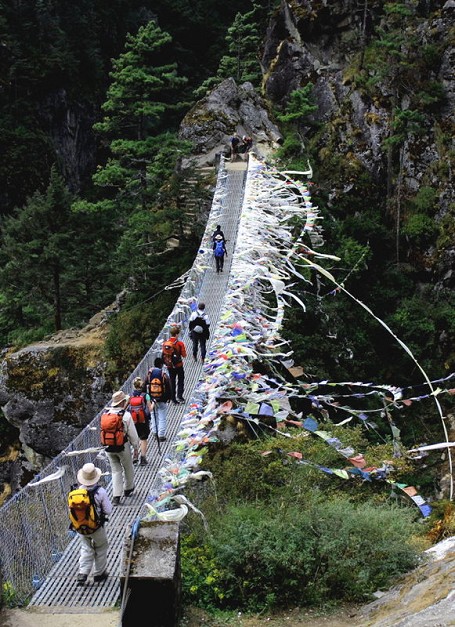
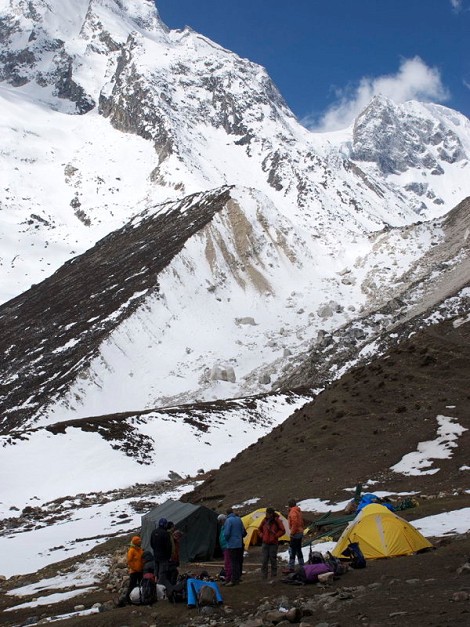
"Regular inactivity sometimes surprises people but it is important to remember that when trekking at altitude the tortoises win the race!"
Bags are usually carried by porters or pack animals and a durable kit bag is best for this. As you will be carrying a daysack every day make sure it is comfortable. Whilst trekking the temperatures throughout the day can vary greatly. It is not unusual to start the day in a down jacket and by lunchtime be walking in a T-shirt. This means lots of layers are best. At night for both camping and tea house trekking a sleeping bag is required - for tea houses a 3 season bag will suffice and the high tea houses can supply blankets as well if required. A camping trek may require a warmer sleeping bag.
For many people coming to trek in Nepal for the first time this will be the longest continuous walk that they will have undertaken and a few things can take people by surprise. Firstly, the foothills are not to be underestimated. These are often steep and can involve climbing hundreds of crude steps up a valley side just to descend almost the same distance to the valley floor again; this can be tough and demoralising at the start of a trek. However, once the narrow river valleys open out into wide glaciated ones the valley floor gradient flattens, views open up and trekking becomes surprisingly easier. Secondly, due to the need to acclimatise, a day's trek up high can be very short and complete rest days are incorporated into any itinerary. This spare time allows for exploring villages, markets and monasteries but it is also a good idea to bring other entertainment like a book and a pack of cards. This inactivity sometimes surprises people but it is important to remember that when trekking at altitude the tortoises win the race! Finally, the tough days are never the ones you expect. I often don't feel the altitude worst at the highest point or lack energy on the days with the greatest ascent. This can be worrying if you anticipate a tougher day later in the itinerary but relax, rest, eat, drink and acclimatise and there is no reason why you won't successfully complete a trek.
In the second part of this article - out soon - Rebecca lists her Top Tips for newcomers to trekking in Nepal.

About the author
Rebecca Coles is an expedition leader based in Sheffield, where she is just about to finish a PhD in Glacial Geomorphology at the University of Sheffield. She has been mountaineering and climbing on all seven continents, often off-the-beaten track, and has been to all the Greater Ranges apart from the Karakoram (but would very much like to). A previous personal trip to Kathmandu was the start of nine months of travelling and mountaineering back to the UK, overland. She also enjoys rock climbing in North Wales and the Peak, and Scottish winter routes when in the UK.
Rebecca has led expeditions in South America, Africa and Asia, and has been to Nepal three times, the last of which was leading Jagged Globe's Everest Base Camp trek via 3 Peaks and 3 Passes. She will be leading Jagged Globe's Kangchenjunga Circuit trek in October 2013.
About Jagged Globe
Jagged Globe is a world-leading provider of mountaineering expeditions and treks. Their regular Nepalese treks include Annapurna Sanctuary, Annapurna Circuit, Everest Base Camp, Manaslu Circuit, Kangchenjunga Circuit and Makalu Base Camp. For more info see their website.
- Intro to Trekking in Nepal, part 2 22 Oct, 2013
- Leading a School Expedition - Is It For You? 30 Jun, 2013
- Everest Base Camp, the Quiet Way 3 Feb, 2013

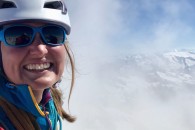

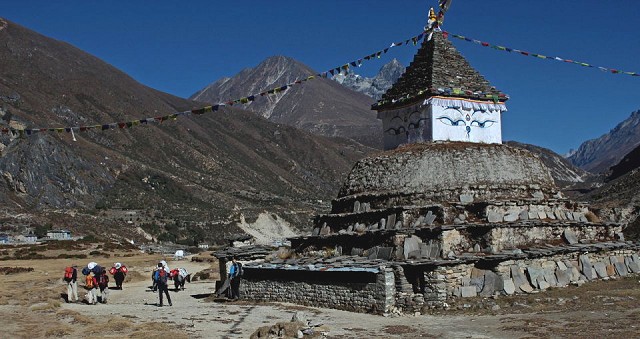
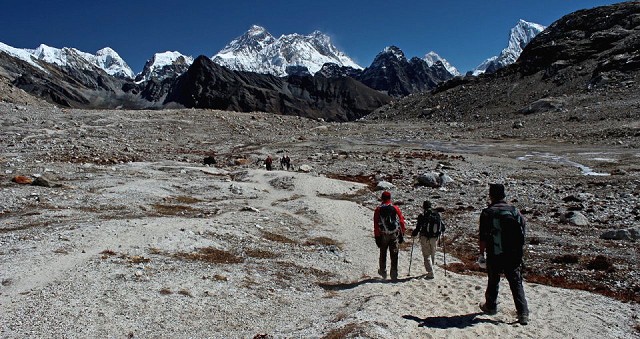
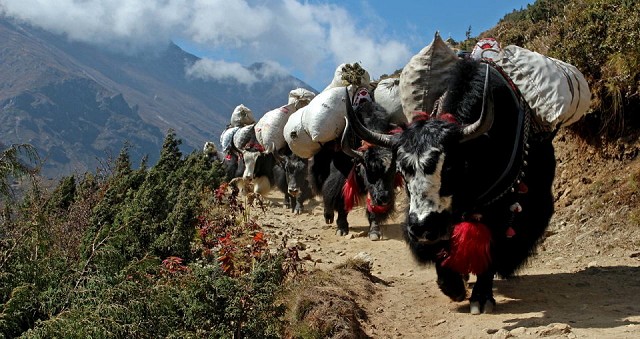
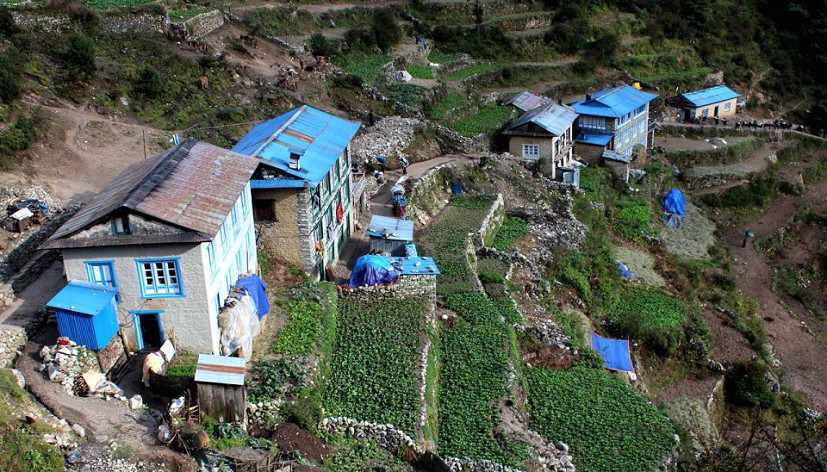
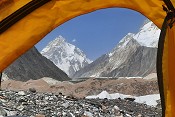
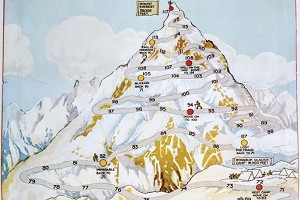
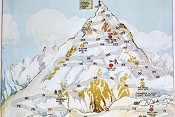

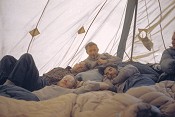



Comments